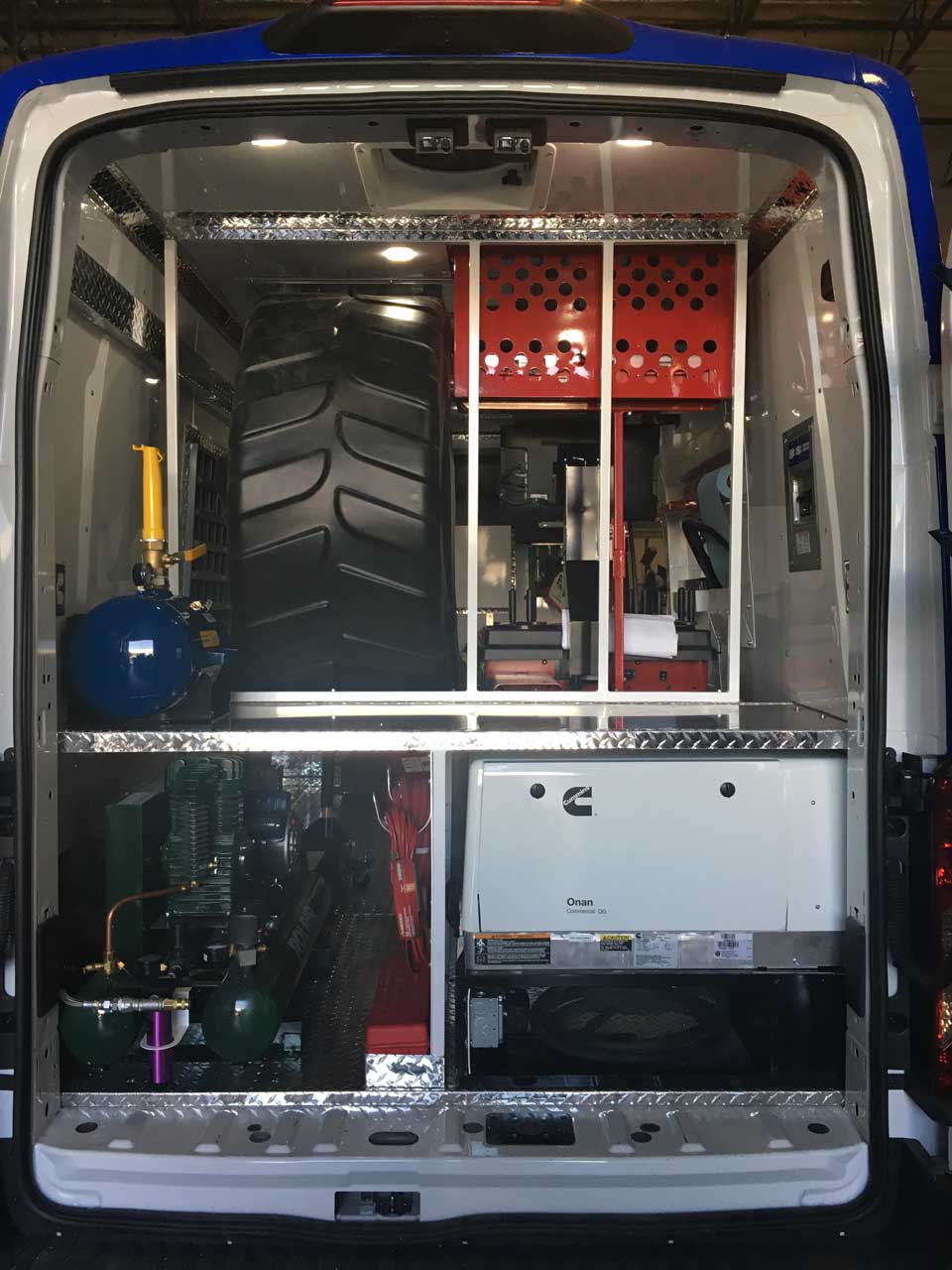Inexpensive Mobile Tire Replacement Las Vegas - Call Today!
Inexpensive Mobile Tire Replacement Las Vegas - Call Today!
Blog Article
Tire Service: Proven Techniques for Optimum Tire Maintenance and Treatment
From guaranteeing correct tire stress to normal turning and alignment, there are proven methods that can considerably expand the life expectancy of your tires and enhance overall driving experience. Allow's dive into the globe of tire service and uncover the tricks to keeping your tires in excellent form for the lengthy haul - Mobile Tire Replacement Las Vegas.
Value of Tire Pressure
Adequate tire pressure advertises better fuel performance, as under-inflated tires can lead to raised rolling resistance, causing the engine to work more difficult and eat even more gas. Correct tire stress ensures also step wear, boosting tire longevity and saving cash in the long run by postponing the requirement for early replacements. Frequently readjusting and examining tire pressure, specifically in the past long journeys, is a basic yet reliable method to boost car efficiency, prolong tire life expectancy, and prioritize safety on the roadway.
Tire Rotation Guidelines
When taking into consideration tire rotation guidelines, it is important to comprehend the significance of this upkeep task in making best use of tire life-span and maintaining optimal vehicle performance. Tire turning involves transforming the setting of each tire on a car to ensure also tread wear. Front tires often tend to use faster than rear tires because of steering forces, making routine rotation important for well balanced wear patterns. The advised turning pattern differs depending on whether a lorry is front-wheel, rear-wheel, all-wheel, or four-wheel drive. Normally, tires need to be turned every 5,000 to 7,500 miles, or as suggested in the lorry guidebook. Overlooking tire turning can cause unequal wear, influencing handling, traction, and potentially compromising vehicle safety and security. By sticking to proper turning standards, drivers can expand the life of their tires, boost gas efficiency, and improve general driving experience. Routine turning is a simple yet efficient upkeep practice that adds substantially to tire long life and car performance.

Advantages of Wheel Placement
Guaranteeing proper wheel positioning after tire turning is crucial for keeping balanced wear patterns and maximizing car performance. Wheel alignment describes the adjustment of the angles of the wheels to the maker's requirements. Among the crucial benefits of wheel alignment is improved dealing with and steering action. When the wheels are appropriately lined up, it minimizes steering initiative, guaranteeing a smoother and a lot more regulated driving experience. In addition, proper wheel alignment assists to extend the lifespan of your tires. Misaligned wheels can create uneven tire wear, leading to early tire substitute and enhanced upkeep expenses.

Tire Footstep Deepness Inspect
Performing a normal evaluation of tire tread depth is essential for keeping safe driving conditions and extending the life expectancy of your tires. The walk on your tires plays an essential role in offering grip, particularly in slippery or wet conditions. To inspect your tire walk deepness, you can make use of a walk depth scale or the dime examination. The advised walk depth goes to the very least 2/32 of an websites inch. If the step try this out depth is below this limit, it is time to replace your tires to make certain optimal efficiency and security when traveling. Uneven walk wear can suggest issues with tire stress, positioning, or suspension, highlighting the importance of routine tread deepness checks. Ignoring to check and keep appropriate step depth can lead to reduced grasp, longer braking ranges, and a boosted risk of hydroplaning. By including tire walk depth checks into your regular upkeep routine, you can drive with confidence understanding that your tires are in top condition.
Seasonal Tire Assessment
Seasonal tire inspection is a basic element of tire upkeep that makes sure tires are all set to face the obstacles positioned by various weather condition problems. In preparation for winter, it is vital to examine the tire pressure consistently as cool temperatures can trigger tire stress to drop. By carrying out routine seasonal tire assessments, vehicle drivers can extend tire life expectancy, improve fuel performance, and most importantly, make certain a protected driving experience in differing weather problems.
Verdict
To conclude, keeping proper tire stress, turning tires consistently, lining up wheels correctly, monitoring step deepness, and carrying out seasonal examinations are vital practices for ideal tire care. By adhering to these verified techniques, motorists can guarantee their tires last longer, perform much better, and add to overall car safety. It is crucial to prioritize tire upkeep to stop crashes, improve gas performance, and lengthen the lifespan of tires.
Adequate tire stress promotes much better fuel effectiveness, as under-inflated tires can lead to boosted rolling resistance, creating the engine to work harder and take in more gas.When thinking about tire rotation standards, it is necessary to recognize the importance of this upkeep task in making best use of tire lifespan and maintaining ideal lorry performance. Seasonal tire examination is a basic aspect of tire maintenance that ensures tires are all set to encounter the obstacles posed by various climate problems. By carrying out regular go seasonal tire assessments, vehicle drivers can lengthen tire lifespan, improve gas efficiency, and most significantly, make certain a protected driving experience in differing weather condition problems.
In verdict, preserving appropriate tire stress, rotating tires routinely, lining up wheels correctly, keeping an eye on step deepness, and carrying out seasonal assessments are crucial practices for optimal tire care.
Report this page